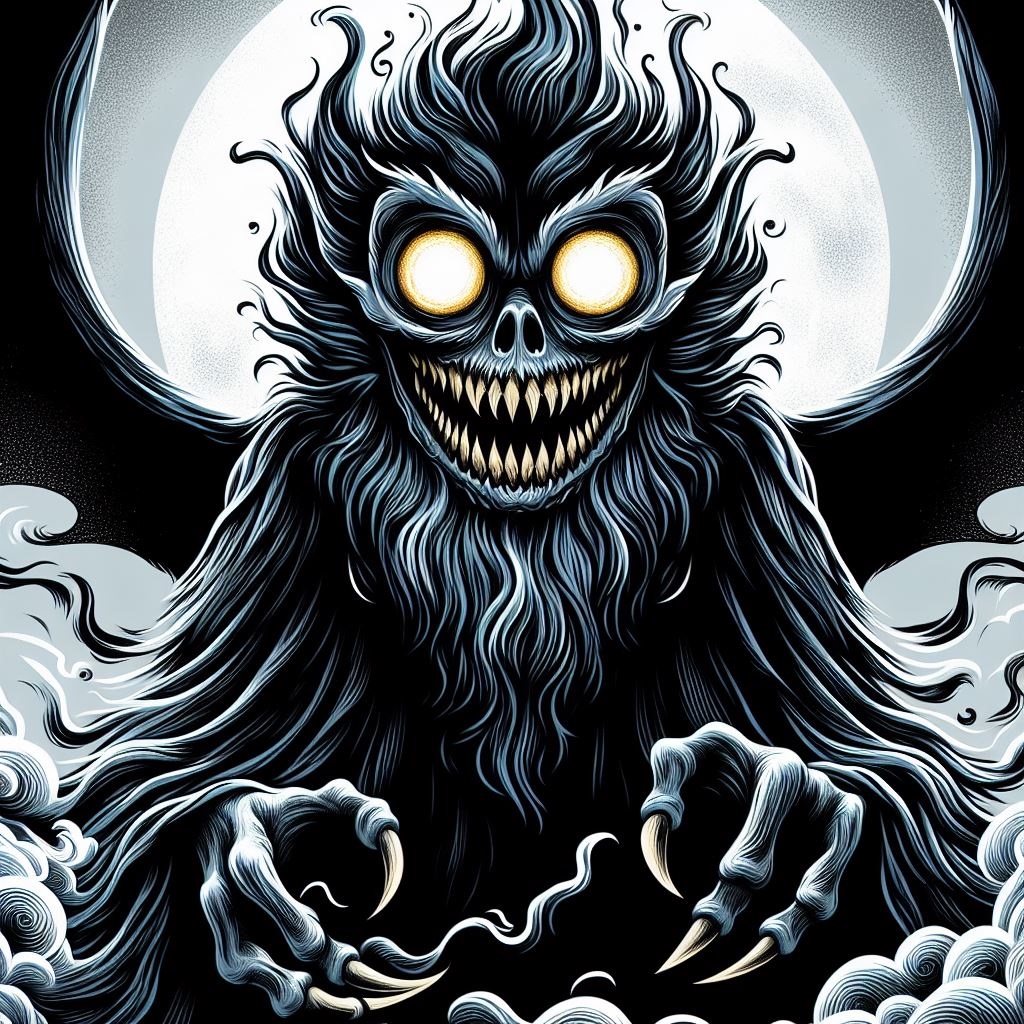January 20, 2024
Using Your Cellphone to Digitize Old Photographs
Preserving old photographs is no longer a difficult task. Many people use their cellphones to snap a photo of a physical photograph. The camera technology in a cellphone is now as good as a regular camera and definitely better than the old method of scanning. We can simply point-and-shoot to capture (digitize) a copy of an old photograph. However, if not done right, it can be blurry or have a glare. So, it is sometimes necessary to use an app to achieve a quality copy of the photograph.
There are many apps on the iPhone appstore or the Android playstore that can do this, but one of the best is an app by Google called PhotoScan. This app prompts the user to take a series of 4 shots and merges them together to create one exceptionally good shot. This new photograph can then be cropped, edited, and shared.
Here is a quick tutorial to get you started:
Setup
First, download the PhotoScan app from the App Store if you have an iPhone or from the Google Play Store if you have an Android device. The app is free.
Once downloaded, open the PhotoScan app. You’ll be prompted to allow the app to access your camera and photos. It needs these permissions to take the photo and to edit it, so allow both to use the full functionality of the app.


Placing Your Photo
Place the photo you want to scan on a flat, dark surface like a table or desk. Make sure the entire photo is visible within the guidelines in the app. Try to avoid shadows or glares in the photo if possible.
Taking the Picture
The app will prompt you to slowly pan around all four sides of the photo, by moving your phone to take pictures at each angle. Take your time doing this – slower movements result in better quality. You want the app to capture the entire photo from all angles. After moving to each of the four circles, you will see a green checkmark. The green checkmark means the scan is finished, next click the image at the bottom right to review.



Editing Your Scan
Once complete, you can crop, rotate, and make other edits as needed. Usually, you will need to adjust the borders, just drag each corner to fit the photo. There will be a magnified bubble that will show you where the edge is located for better precision.


Saving and Sharing
When ready, save the new photo scan to your camera roll or share directly to social media or messaging apps. The quality should be good enough to print and share digitally.
That’s it! Easy as pie! As you can see, capturing old print photos is fast and easy with just your phone’s camera. The app handles the processing automatically to give impressive results. Try it next time you want to preserve an old photo digitally!










